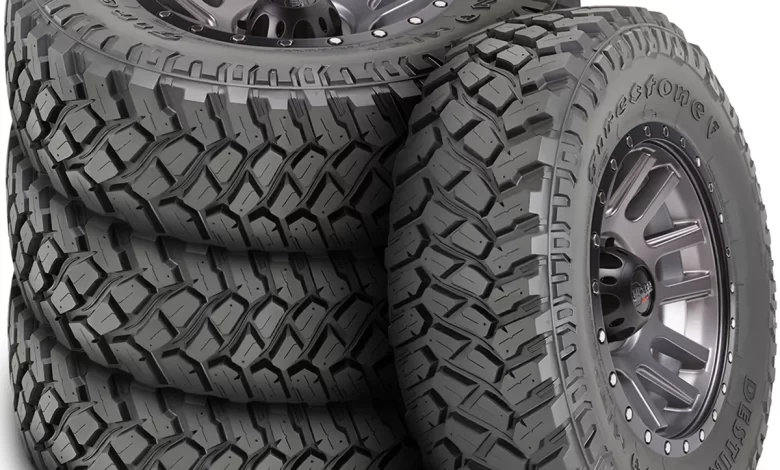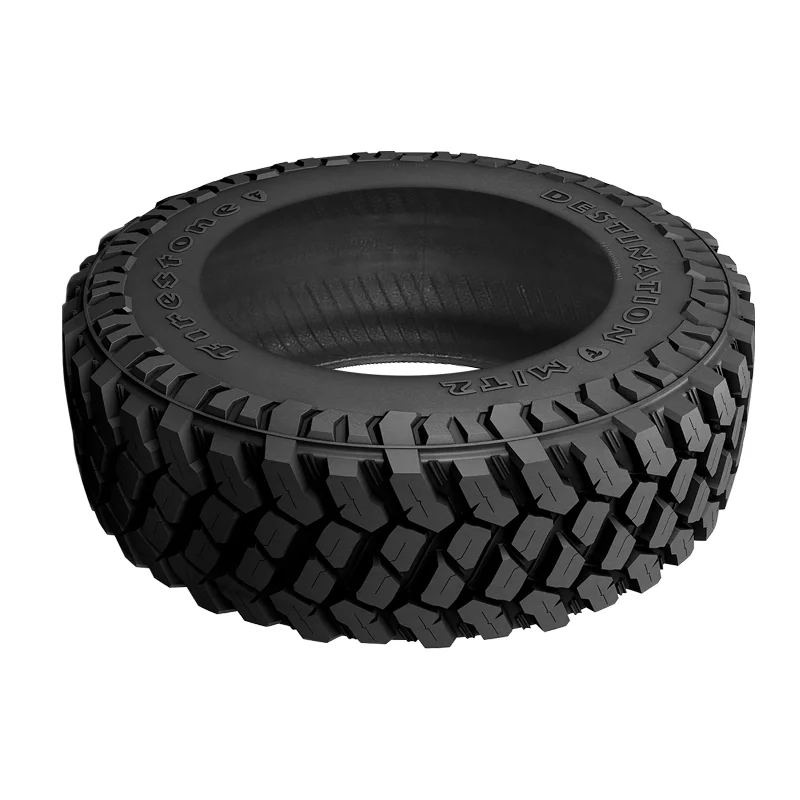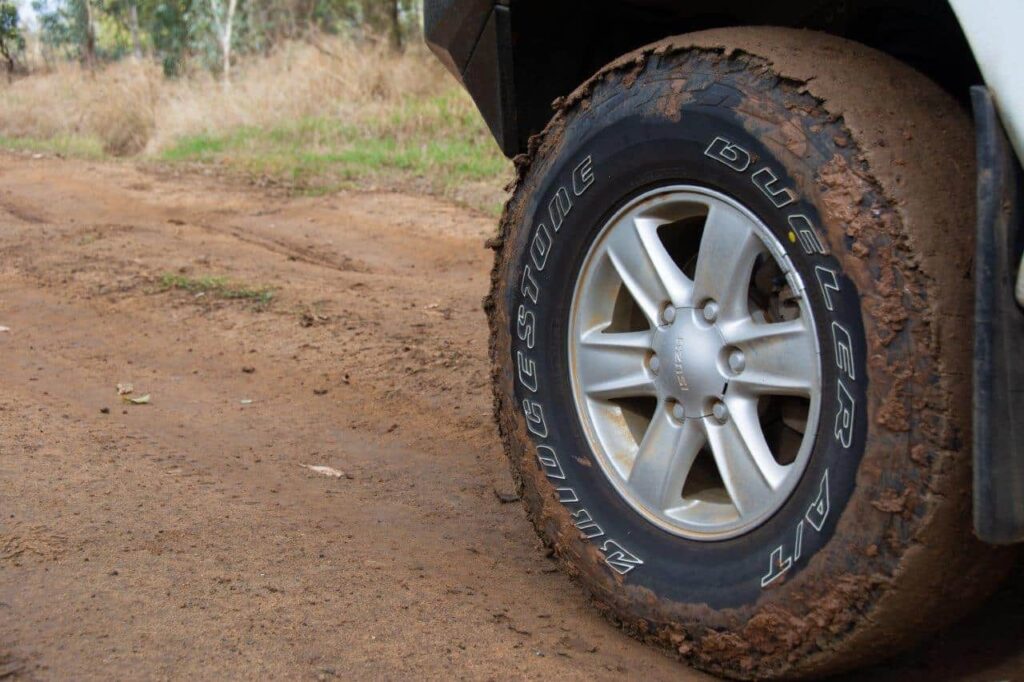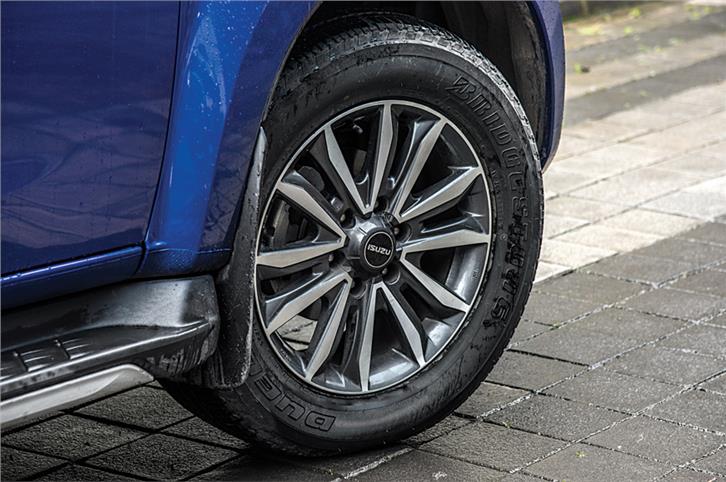The Ultimate Destination for Tyres and Autocare

Tire Types And Selection
Tire types and selection play a crucial role in determining the performance, safety, and comfort of your vehicle. Here are some key tire types and factors to consider when selecting the right tires:
- All-Season Tires: These tires are designed to provide adequate performance in various weather conditions, including dry, wet, and light winter conditions. They offer a balance between traction, handling, and longevity, making them a popular choice for everyday driving.
- Summer Tires: Summer tires, also known as performance tires, are designed for optimal performance in dry and warm conditions. They offer superior grip, cornering ability, and braking performance. However, they may not perform well in cold or snowy conditions.
- Winter Tires: Winter tires, or snow tires, are specifically engineered to provide enhanced traction, braking, and handling in cold weather, snow, and ice. They feature a different tread pattern and rubber compound designed to stay flexible in low temperatures.
- All-Terrain Tires: All-terrain tires are suitable for off-road adventures while maintaining reasonable on-road performance. They feature a more aggressive tread pattern for better traction on gravel, mud, and uneven surfaces.
- Mud-Terrain Tires: Mud-terrain tires are specifically designed for off-road driving in challenging conditions such as deep mud, rocky terrains, and uneven surfaces. They have large, widely spaced tread blocks for maximum traction.

Factors to consider when selecting tires:
- Vehicle Type: Consider the type of vehicle you have, such as a car, truck, SUV, or motorcycle. Each vehicle type may have specific tire requirements.
- Size and Fitment: Ensure that the tires you choose match the recommended size, load capacity, and speed rating specified by the vehicle manufacturer.
- Weather Conditions: Consider the climate and weather conditions you typically encounter. Choose tires that offer suitable performance and traction for those conditions.
- Tread Life: Evaluate the expected tread life and durability of the tires. Look for tires with longer tread warranties if you desire extended usage.
- Handling and Performance: Consider your driving preferences and the performance characteristics you prioritize, such as grip, responsiveness, and cornering capabilities.
- Budget: Set a budget for your tire purchase. While it’s important to find the best tires within your budget, remember that tires are a long-term investment in safety and performance.
It’s advisable to consult with tire professionals or refer to your vehicle’s manual for specific tire recommendations based on your vehicle type, driving habits, and local weather conditions.

Wheel Alignment And Balancing
Wheel alignment and balancing are important aspects of tire maintenance that contribute to the overall performance, safety, and longevity of your vehicle’s tires. Here’s an explanation of each process:
Wheel Alignment:
- Wheel alignment refers to the adjustment of the angles of the wheels so that they are perpendicular to the ground and parallel to each other. Proper wheel alignment ensures that the tires make optimal contact with the road surface, reducing tire wear and improving vehicle handling. There are three main alignment angles that are adjusted during the process:
- Camber: Camber refers to the tilt of the wheels inward or outward when viewed from the front of the vehicle. Incorrect camber can lead to uneven tire wear and affect vehicle stability.
- Toe: Toe alignment refers to the angle at which the tires point inwards or outwards when viewed from above. Improper toe alignment can cause tire scrubbing, leading to uneven wear and reduced fuel efficiency.
- Caster: Caster alignment involves the angle of the steering axis when viewed from the side of the vehicle. It affects steering stability, cornering, and returnability to the center position.
During a wheel alignment service, specialized equipment is used to measure the angles of the wheels, and adjustments are made to bring them within the manufacturer’s specified tolerances. It is recommended to have the wheel alignment checked and adjusted periodically or when you notice signs of uneven tire wear, vehicle pulling to one side, or steering wheel misalignment.
Wheel Balancing:
- Wheel balancing is the process of equalizing the weight distribution of a tire and wheel assembly. It involves placing small counterweights on the wheel to compensate for any imbalances. Imbalanced wheels can cause vibrations, uneven tire wear, and steering issues. Common causes of wheel imbalance include variations in tire and wheel manufacturing, tire tread wear, and impacts from potholes or curbs.
During a wheel balancing service, the technician uses a balancing machine to identify the areas of imbalance. They then attach small weights to the wheel’s rim in specific locations to counterbalance the uneven distribution of weight. Properly balanced wheels ensure a smooth and vibration-free ride.
It is recommended to have your wheels balanced whenever you install new tires, when you feel vibrations at certain speeds, or as part of regular tire maintenance.
Both wheel alignment and balancing are typically performed by trained technicians using specialized equipment. These services help optimize tire performance, improve fuel efficiency, enhance vehicle handling, and extend tire life. Regular wheel alignment and balancing can contribute to a safer and more comfortable driving experience while maximizing the investment in your tires.

Conclusion
In conclusion, the ultimate destination for tires and autocare solutions aims to be a comprehensive and reliable source for all your tire-related needs. With a wide range of tires, professional installation services, tire repair and maintenance, wheel alignment and balancing, and additional autocare services, this destination strives to provide convenience and expertise in maintaining your vehicle.
Understanding tire types and selection is crucial in ensuring optimal performance for different weather conditions and driving preferences. Consider factors such as vehicle type, size and fitment, weather conditions, tread life, handling and performance, and budget when selecting the right tires for your vehicle.
By understanding these aspects and making informed choices, you can ensure the longevity, safety, and sustainability of your tires and contribute to a greener automotive industry. The ultimate destination for tires and autocare solutions aims to be your partner in achieving these goals, providing quality products, professional services, and expert guidance to keep your vehicle running smoothly.




